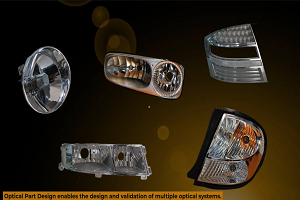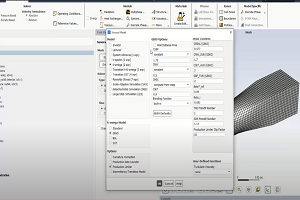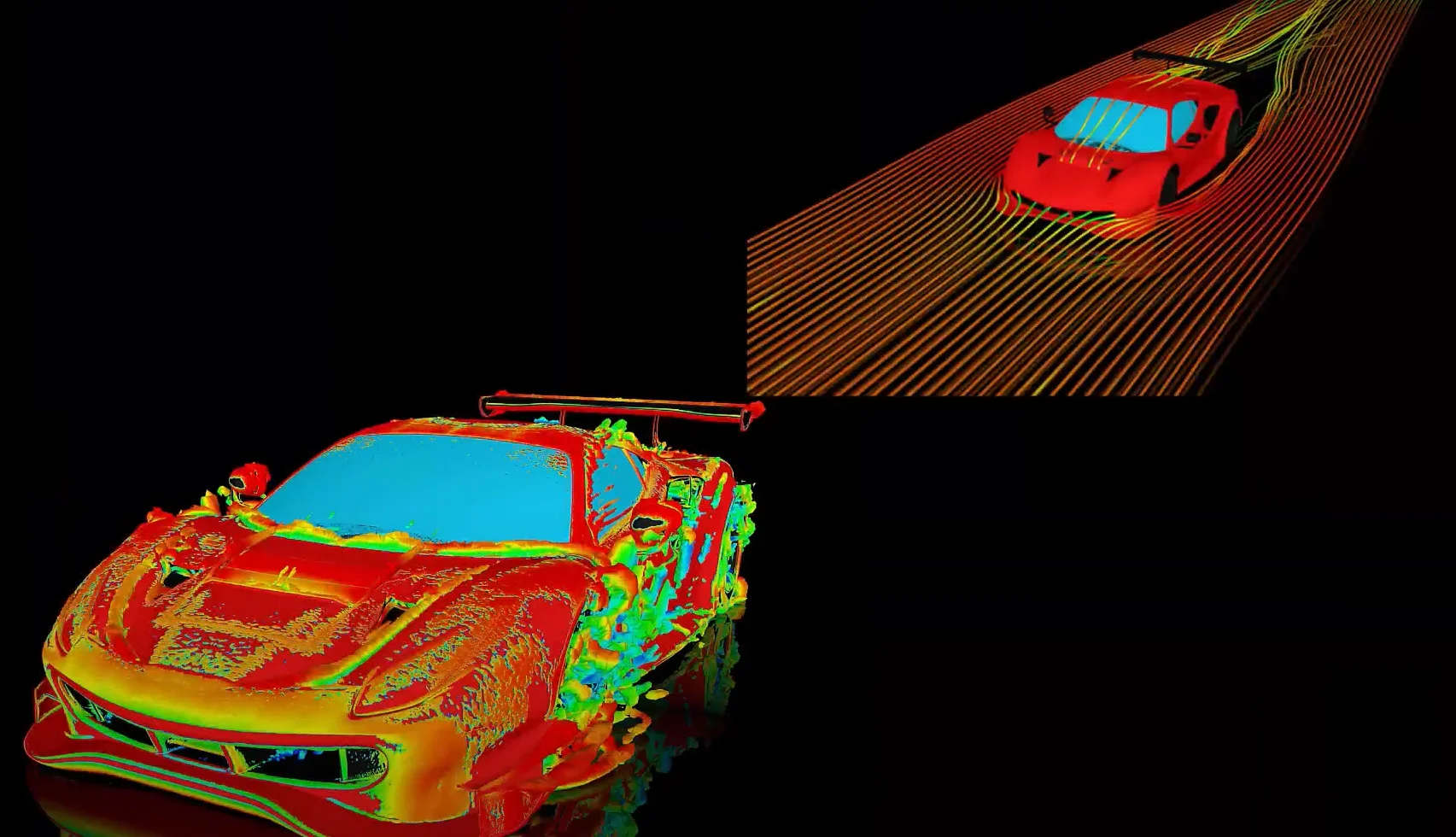-
-
January 25, 2023 at 7:17 am
 FAQParticipant
FAQParticipantThe short answer is: the mathematical description. To be clear, Fluent has three multiphase models that are based on an Eulerian framework, also called an Euler-Euler approach: Volume of Fluid (VOF), Mixture, and Eulerian models. In this context, the term “Eulerian” is used for the mathematical description used, but also for one specific model. In general, “Eulerian” means that you are representing some field quantity as a continuous variable that exists on a computational mesh. In contrast, “Lagrangian” is a different framework in which discrete objects (like particles) are followed/tracked through a domain by solving F = ma at their location, rather than solving a governing equation on a background mesh. This is why the Discrete Particle Model in Fluent is referred to as an “Eulerian-Lagrangian approach”: the carrier fluid is solved on an Eulerian mesh, while the discrete particles are tracked in Lagrangian fashion. Now back to VOF versus the Eulerian model in Fluent: even though both models fall within the Eulerian class of models, they are very different in terms of the way the governing equations are solved. VOF is suitable for flows that have a clearly defined phase interface, with a radius of curvature that is everywhere much larger than the mesh size. It is formulated in a way that this interface is explicitly captured in the domain, so the two phases are not interpenetrating and cannot mix. The Eulerian model has a very different formulation that does not explicit capture the interface, thus you do not need to have the interface exist on length scales much larger than the mesh. The two continuous phases are assumed to be interpenetrating continua (e.g., Eulerian could be used to simulate a bubbly flow with bubbles that are smaller than the mesh size, while VOF could not).
-


Introducing Ansys Electronics Desktop on Ansys Cloud
The Watch & Learn video article provides an overview of cloud computing from Electronics Desktop and details the product licenses and subscriptions to ANSYS Cloud Service that are...

How to Create a Reflector for a Center High-Mounted Stop Lamp (CHMSL)
This video article demonstrates how to create a reflector for a center high-mounted stop lamp. Optical Part design in Ansys SPEOS enables the design and validation of multiple...

Introducing the GEKO Turbulence Model in Ansys Fluent
The GEKO (GEneralized K-Omega) turbulence model offers a flexible, robust, general-purpose approach to RANS turbulence modeling. Introducing 2 videos: Part 1 provides background information on the model and a...

Postprocessing on Ansys EnSight
This video demonstrates exporting data from Fluent in EnSight Case Gold format, and it reviews the basic postprocessing capabilities of EnSight.

- Solver message during DPM calculation: “number of stepsize underflows during particle integration step is x”. What does it mean and how to get rid of it?
- ANSYS Fluent – Eulerian & Mixture Multiphase Models & Applications – Tips and Tricks
- What is the difference between the VOF model and the Eulerian model?
- ANSYS Fluent: Efficient Modeling of Spray Breakup using VOF-to-DPM Transition
- Mixing Tank Modeling in ANSYS Fluent
- What is the superficial velocity in multiphase flows?
- What is the meaning of VOF courant number and Global courant number in ANSYS Fluent Multiphase Model and how are they related?
- How do I use porous media in a multiphase flow?
- ANSYS Fluent: Describing Cavitation in a Centrifugal Pump
- Hydrodynamics and Wave Impact Analysis

© 2026 Copyright ANSYS, Inc. All rights reserved.

